Spinalonga Island, off Crete’s northeast coast, has a storied past. Fortified by Venetians in the 16th century, it guarded against Ottoman invasions. Later, it became a leper colony, where residents built a thriving community with self-governance, cultural activities, and economic endeavors. Today, the well-preserved 16th-century fortress and abandoned buildings evoke the island’s poignant history, reminding visitors of the courage and dignity of those who confronted the stigma of leprosy. Exploring Spinalonga offers a unique opportunity to step back in time and uncover the island’s enduring legacy as a testament to human resilience.
Key Points
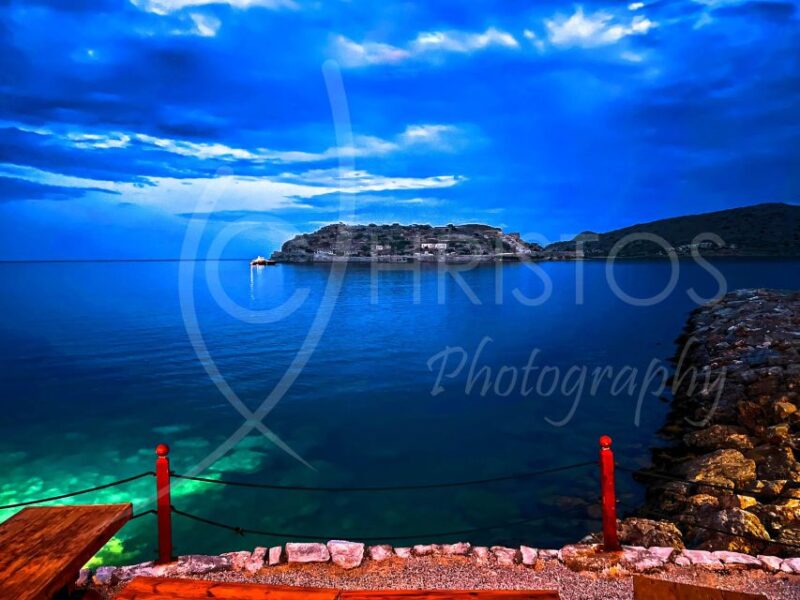
- Spinalonga Island is a fortified island off the northeastern coast of Crete, Greece, with a rich history of Venetian and Ottoman control.
- The island was designated as a leper colony in the early 20th century, where a close-knit community of leprosy patients established their own governance, economy, and cultural activities.
- The well-preserved Venetian fortress and the network of alleys, houses, and administrative buildings offer visitors a unique glimpse into the island’s past as a leper colony.
- Spinalonga Island stands as a testament to the human spirit and enduring strength, as the former residents confronted the stigma of leprosy with dignity and resilience.
- Visitors can explore the island’s historical sites, including the Venetian fortress, and learn about the stories of the former residents through guided tours and audio guides.
Location and History
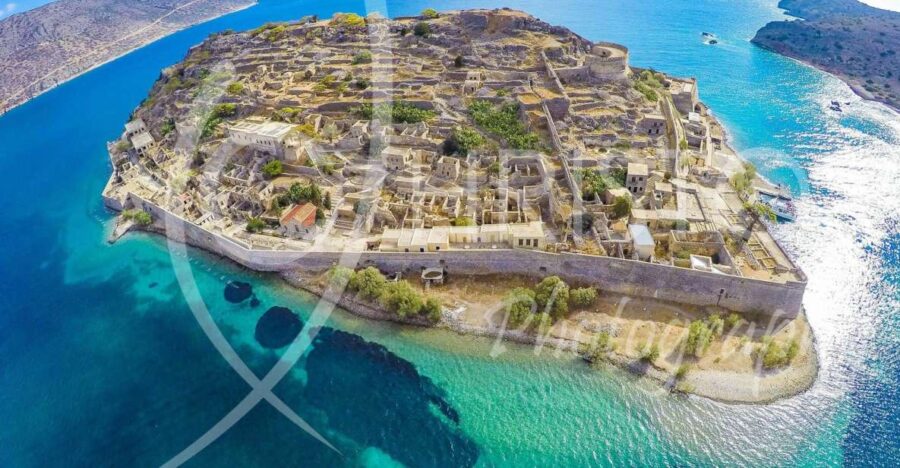
Spinalonga Island is located off the northeastern coast of Crete, Greece, and its history dates back to the 16th century when the Venetians fortified it to protect against Ottoman invasions.
The island later came under Ottoman control. Over the years, Spinalonga’s strategic location and strong walls made it an important defensive outpost.
In the early 20th century, the island took on a new role when it was designated as a leper colony, serving as a place of isolation and community for those afflicted with the disease.
Today, Spinalonga stands as a poignant historical site, offering visitors a glimpse into the island’s turbulent past and the resilience of its former residents.
You can also read our reviews of more tours and experiences in Elounda.
The Leper Colony
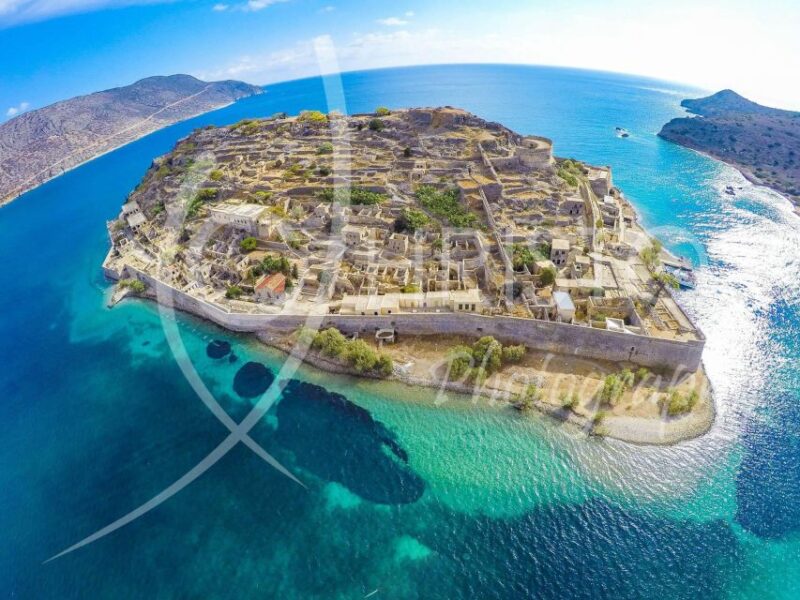
In 1903, the island’s isolation and strong defenses made it an ideal location to establish a leper colony, which operated until 1957.
For over half a century, Spinalonga served as a settlement that offered both refuge and a sense of community for those afflicted with the disease, despite the challenging circumstances.
The residents of the leper colony:
- Created a close-knit society, supporting each other through the hardships.
- Established their own governance, economy, and cultural activities.
- Maintained a school, hospital, and even a theater on the island.
- Worked to improve their living conditions and provide for their families.
The leper colony on Spinalonga Island stands as a powerful testament to the resilience and humanity of those who faced such adversity.
Architectural Highlights
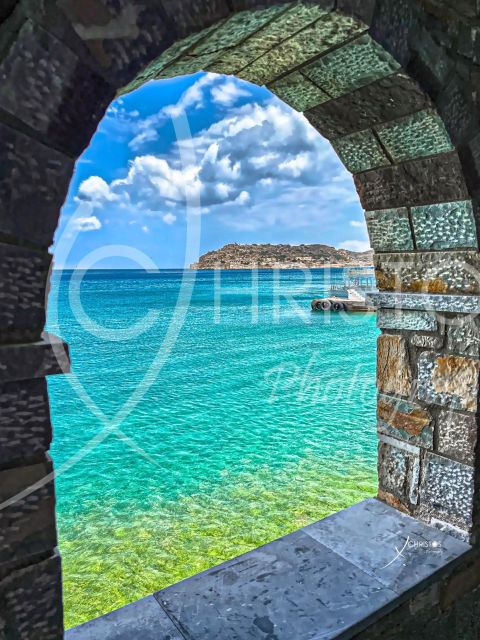
What remains of the former leper colony on Spinalonga Island offers a captivating glimpse into its architectural history.
The 16th-century Venetian fortress, with its strong walls and defensive structures, dominates the island’s landscape and serves as a testament to its strategic importance.
Visitors can explore the intricate network of alleys, houses, and administrative buildings that once housed the leper community.
Despite the island’s somber past, the well-preserved architecture provides a unique opportunity to step back in time and imagine the daily lives of those who resided here.
The panoramic views from the fortress walls offer a breathtaking perspective of the surrounding Gulf of Elounda, adding to the island’s allure for visitors seeking to uncover its rich history.
Communal Life
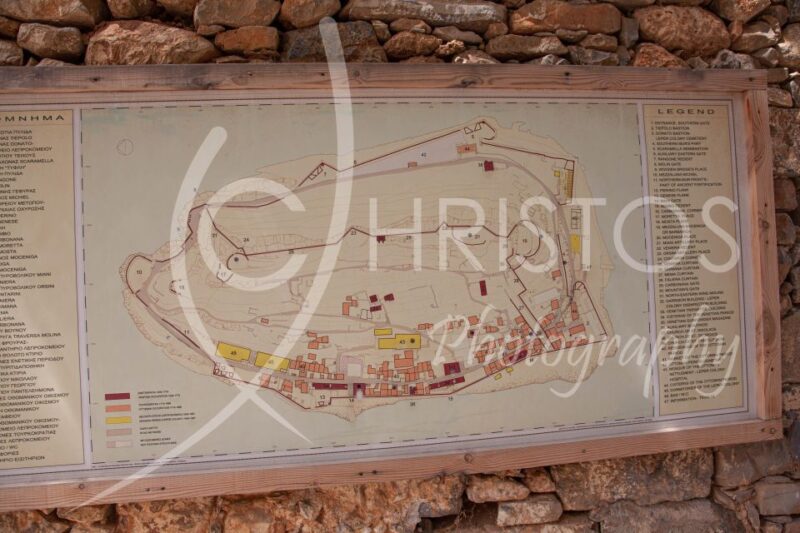
Despite the isolation and challenging circumstances, residents of Spinalonga’s leper colony forged a close-knit communal life, creating a vibrant society within the confines of the island.
The community was characterized by a robust system of self-governance, with residents organizing community councils and electing leaders to manage the colony’s affairs.
The community was also characterized by a lively cultural life, including the hotel of a theater, library, and various clubs and societies that brought residents together.
On top of that, the community was characterized by a thriving economic ecosystem, with residents engaging in trades, crafts, and small businesses to support themselves and the community.
More Great Tours NearbySignificance and Legacy
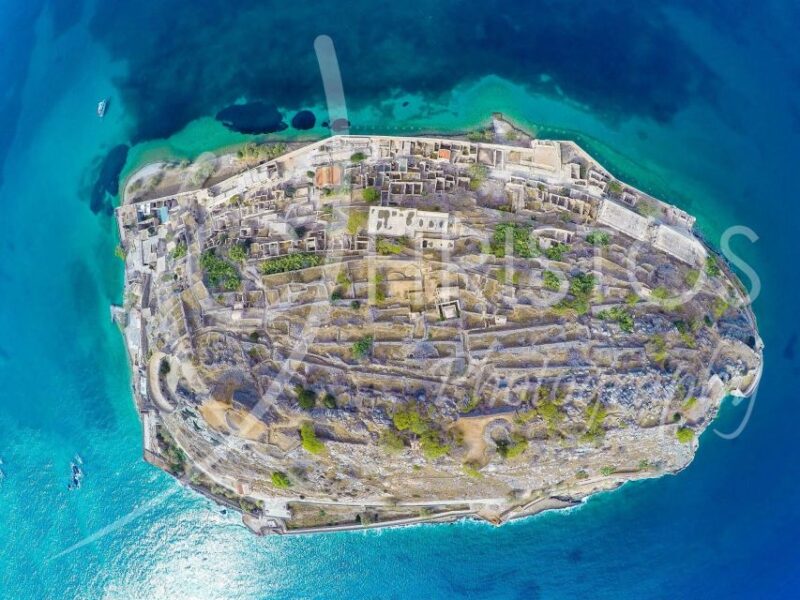
Spinalonga’s legacy as a leper colony has made it a poignant historical site, drawing visitors from around the world to explore its abandoned buildings and reflect on the strength and resilience of those who once lived there.
Wandering the island’s streets and fortifications, visitors can’t help but be moved by the stories of the residents who faced immense hardship and isolation.
Yet, despite the challenging circumstances, the leper colony fostered a close-knit community that thrived in the face of adversity.
Today, Spinalonga stands as a powerful testament to the human spirit, reminding us of the enduring strength and dignity of those who confronted one of the most stigmatized diseases in history.
Accessibility and Amenities
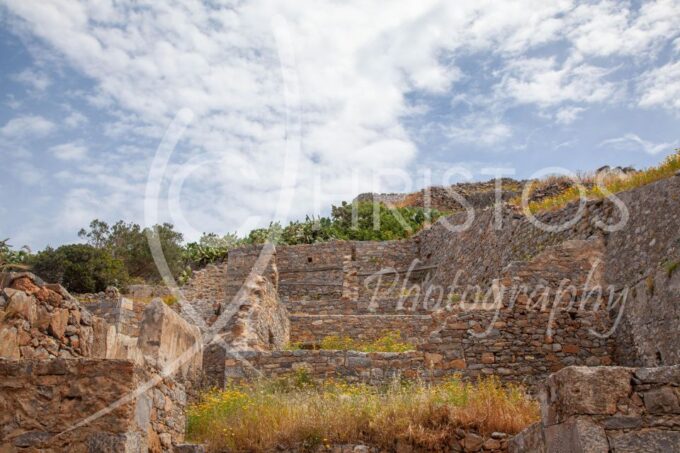
Visitors can easily access Spinalonga Island by boat from nearby towns like Plaka and Elounda.
Once there, they can explore the well-preserved 16th-century fortress with its strong walls and defenses. The island offers stunning panoramic vistas of the Gulf of Elounda, showcasing its natural beauty.
Visitors can also enjoy the following amenities:
- Audio guides available in multiple languages, including Russian, to enhance the educational experience.
- Private group tours offer a more personalized and exclusive exploration of the island.
- Cancellation policy allows for free changes up to 24 hours in advance, providing flexibility.
- The entire tour duration lasts approximately 2 hours, allowing ample time to take in the island’s rich history.
Tour Offerings
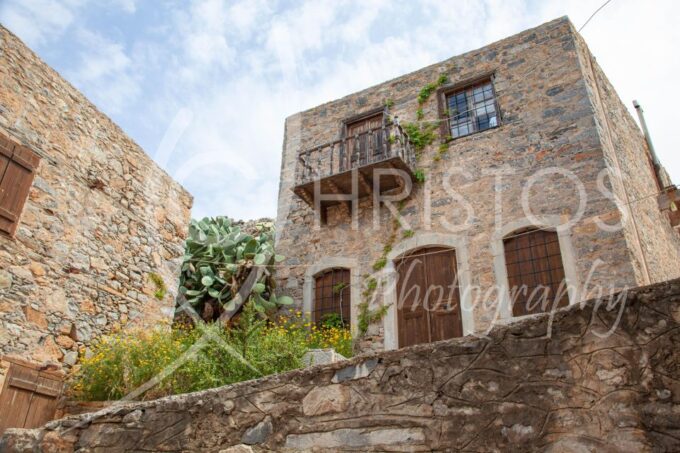
The tour offerings for Spinalonga Island provide visitors with a comprehensive and engaging way to explore its rich history and captivating scenery.
Whether you prefer a private group experience or a more public setting, Spinalonga Island has something to offer everyone.
The typical tour lasts around 2 hours and departs from the nearby town of Plaka. During the tour, guests can enjoy live commentary from a knowledgeable guide as well as access to an audio guide in Russian.
With the opportunity to wander through the 16th-century fortress and take in the breathtaking views of the Gulf of Elounda, a visit to this unique historical site is an unforgettable experience.
Visitor Experiences
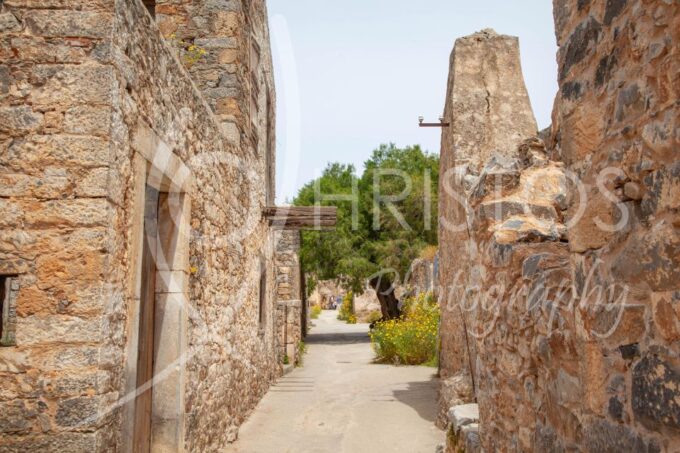
Exploring Spinalonga Island offers visitors a captivating journey through the island’s poignant history as a former leper colony, where they can enjoy the resilience and community spirit that once thrived within its walls.
Visitors can:
- Stroll along the island’s winding streets, visiting the abandoned buildings and structures that housed the former residents.
- Climb to the top of the 16th-century Venetian fortress, taking in panoramic views of the Gulf of Elounda and the rugged natural beauty of the landscape.
- Engage with knowledgeable tour guides who bring the island’s history to life, sharing the stories of the courageous individuals who called Spinalonga home.
Visitors can reflect on the island’s enduring legacy as a symbol of human perseverance and the power of community in the face of adversity.
Frequently Asked Questions
Can I Take Photographs on the Island?
Yes, visitors can take photographs on the island. Photography is generally allowed throughout the site, allowing visitors to capture the island’s historic architecture, natural beauty, and scenic views during their tour.
Are There Any Hotels or Accommodations on Spinalonga?
No, there are no hotels or accommodations on Spinalonga Island. The island is a historical site and former leper colony, and it’s only accessible by boat for day visits from nearby towns like Plaka and Elounda.
Are There Any Restaurants or Food Options on the Island?
There are no restaurants or food options on the island of Spinalonga itself, as it’s an uninhabited historical site. Visitors should bring their own snacks and drinks for their visit, as there are no dining facilities available on the island.
Can I Bring My Pets to Spinalonga?
No, pets are not allowed on Spinalonga Island. The island is designated as a historical site and protected area, so visitors must follow strict regulations to preserve the cultural and environmental integrity of the site.
Is It Safe to Visit the Island Alone?
It is generally safe to visit Spinalonga Island alone, as it’s a popular tourist destination. However, visitors should exercise caution, stick to designated paths, and be mindful of any safety precautions advised by tour operators or local authorities.
Recap
Spinalonga Island’s captivating history has etched its mark on Greece’s cultural tapestry.
Once a fortified outpost, it later became a poignant leper colony, where resilient residents forged a tight-knit community.
Today, the island’s abandoned buildings and formidable walls stand as a testament to the human capacity for endurance in the face of adversity, drawing visitors to explore its remarkable past and natural beauty.
You can check availability for your dates here:More Tour Reviews in Elounda
- Private Boat Trip-Snorkeling to Elounda Caves
- Crete: Boat Trip to Spinalonga and Kolokytha Beach
- From Heraklion: Spinalonga & Elounda Late Cruise With Meal
- From Elounda: Zeus Cave & Mountainous East Crete Day Tour
- Secrets of West Crete & Rethymno Private Tour From Elounda
- Mirabello Luxuries With Spinalonga & Agios Nikolaos
